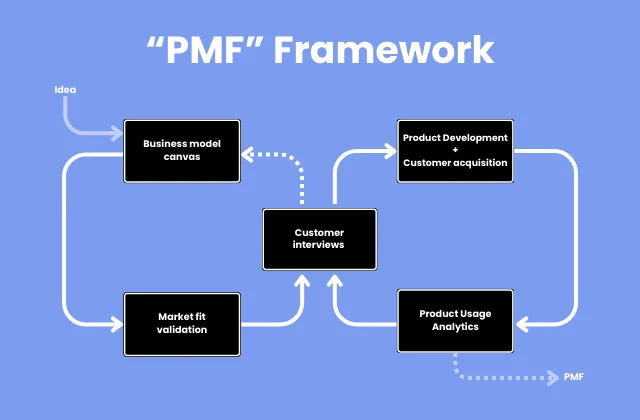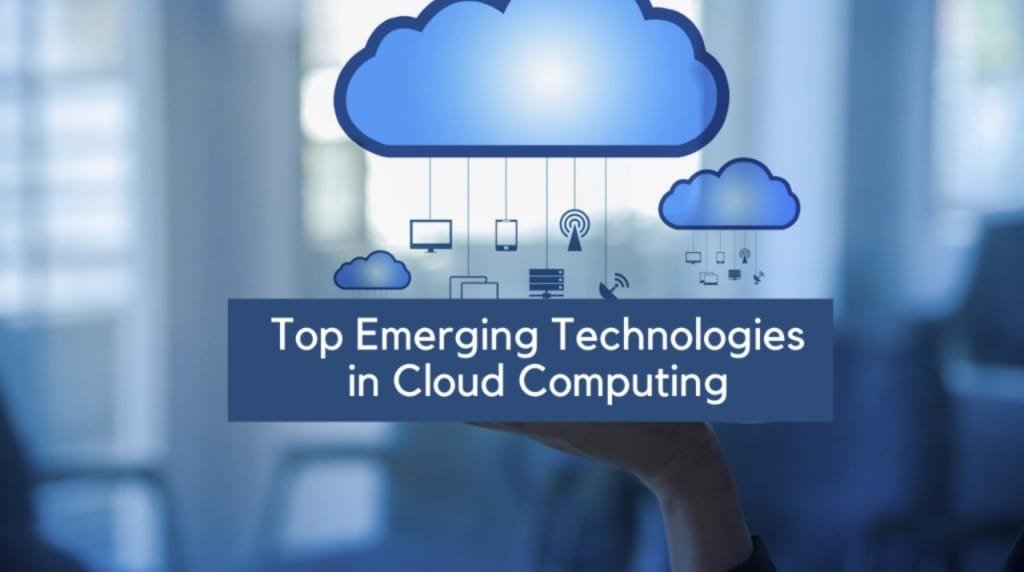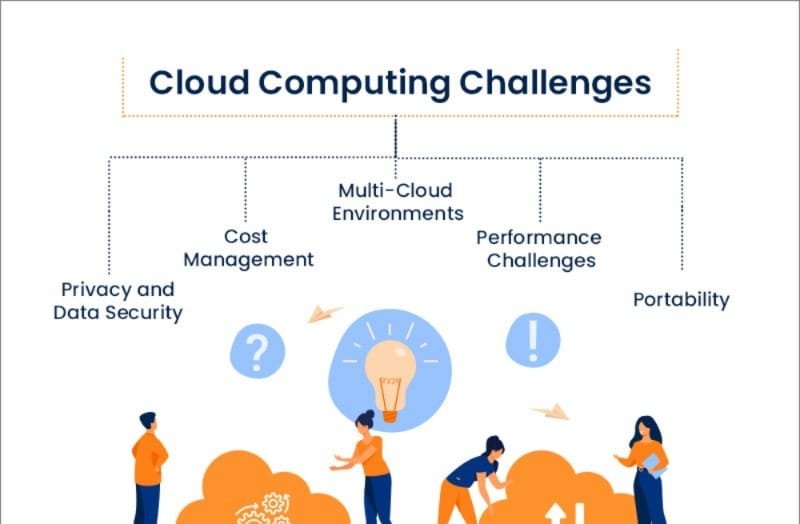What Kinds of Cloud Computing and Cloud Services Are There?

The epidemic has contributed to the rapid expansion of the cloud computing market. But even putting global illnesses aside, the cloud has made significant advancements for well over a decade.
Customers, however, may become confused by the bewildering variety of cloud-related phrases. Because of this, this article is intended to provide you a quick refresher on the different kinds of cloud computing, cloud services, and their advantages.
We won’t go too technical, so relax. This is more of a refresher for those who have already encountered the cloud and an introduction for newcomers. So let’s start with the basics of the different sorts of cloud computing.
Overview of The Cloud
The digital equivalent of clouds is founded in physical and virtual infrastructure, despite the fact that the phrase “the cloud” conjures thoughts of fluffy, soft entities lacking any real basis. All of the provider’s data and services are hosted on a very solid, trustworthy network of infrastructure that makes up the cloud.
Customers can access these server-based cloud networks via the Internet, as well as the data storage, online streaming services (like Netflix, YouTube, and others), and infrastructure services like Google Cloud, AWS, and Azure.
Cloud Services Types
Customers can access three main cloud services over the Internet, all of which are hosted by independent providers. Each service speeds up the transfer of user data from front-end clients to the cloud provider’s systems through the Internet and back again. However, how each cloud service handles these tasks varies.
Infrastructure as a Service is abbreviated by IaaS. The entire infrastructure is managed by the cloud service provider (e.g., data storage, the actual servers, network, virtualization). Through the dashboard or API, the customer receives access. In this way, just like a landlord maintains an apartment, the user is in charge of the OS, programmes, and middleware, while the provider deals with the hardware (such as networking, hard drives, data storage, and servers) and manages hardware problems, outages, and repairs.
Platform as a Service is referred to by the abbreviation PaaS. The user is responsible for dealing with the apps that run on top of the platform and any necessary data while the external cloud provider offers and manages hardware and an application software platform. Programmers and DevOps experts prefer this arrangement since it relieves them of the burden of creating and maintaining the required infrastructure.
SaaS, or “software as a service,” is the abbreviation. Most individuals use SaaS virtually daily, whether they are aware of it or not. SaaS refers to web and mobile applications that may be accessed through a web browser and are provided and maintained by a cloud service provider. Software updates, bug patches, and maintenance are the user’s responsibility. SaaS offers a significant advantage because it eliminates the need for each user to directly load the software onto their computer.
How Are the Different Forms of Cloud Computing Similar?
There are similar traits in every sort of cloud computing, regardless of the one you utilise. The following set of characteristics is typical of all cloud computing models:
Self-service on demand: Businesses can provision without involving a provider.
Broad network access: Cloud services can be accessed by a variety of consumer platforms and are accessible over networks like the Internet or a local area network (LAN).
Multiple clients can access the same physical resources thanks to multi-tenancy and resource pooling.
Rapid flexibility and scalability: In response to business demands, cloud computing resources may be scaled up or down quickly and, in some cases, autonomously.
Measured service: The “pay for what you use” pricing approach is reflected in the service provider’s monitoring, measuring, and reporting of cloud resource utilisation.




